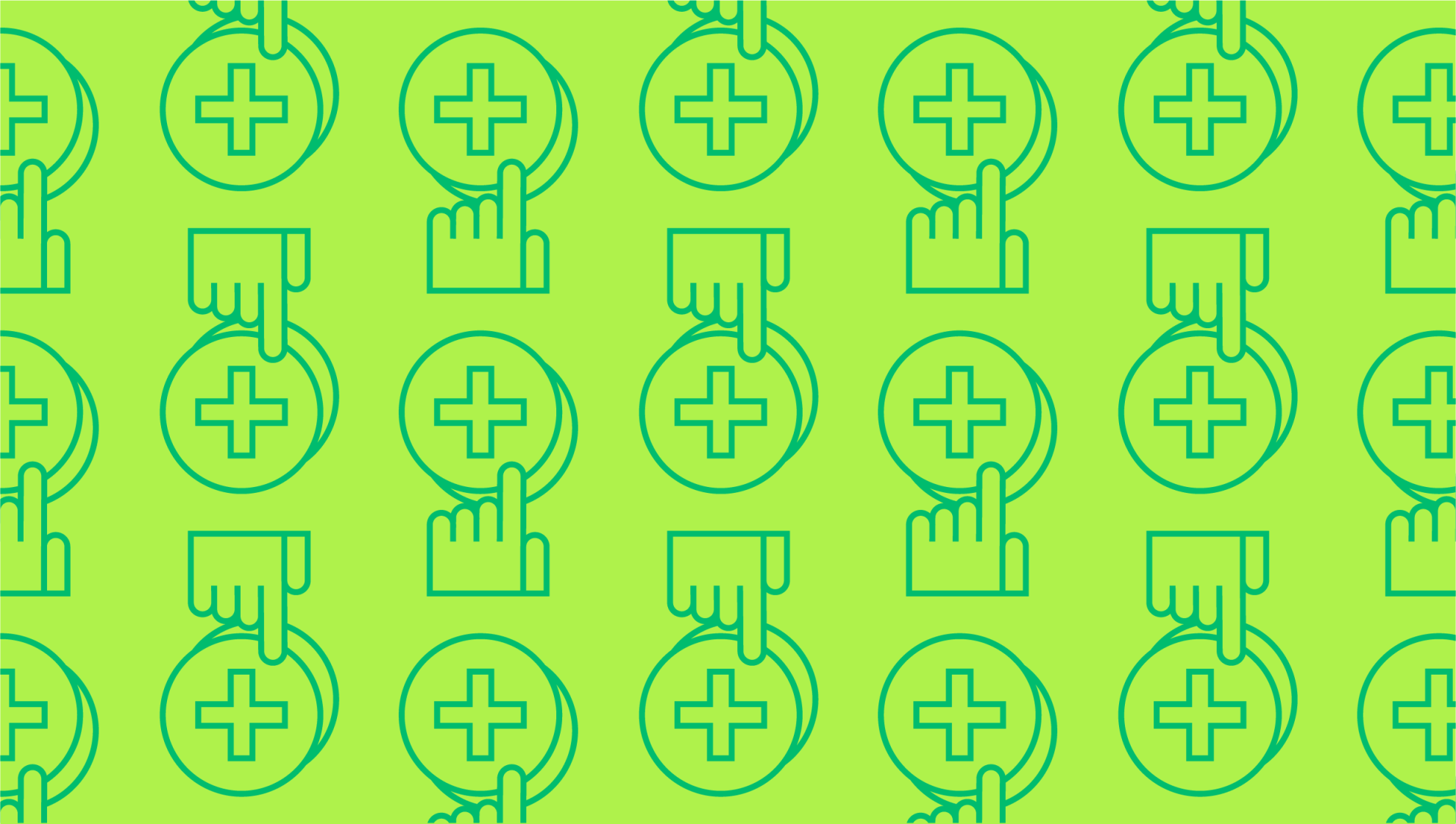
What Are Considered Purchases?
Last editedApr 20223 min read
Part of devising a successful marketing strategy is understanding customer motivation. Some purchases require more thought than others, such as those with an emotional component or carrying greater cost. These types of products and services are called considered purchases – but what is considered a major purchase? We’ll cover the definition and examples of considered purchases in this guide.
What is a considered purchase?
The term “considered purchase” is used in marketing to classify goods and services that require some degree of effort before the buyer makes a purchase. The buyer might need to weigh risk and reward or spend some time considering the financial aspect of the purchase before checking out. They might consult with experts, read buying guides, or pore over reviews before making any decision. In short, any retail transaction involving preliminary research can fall into this category.
What is considered a major purchase?
Think about your typical purchases. You probably don’t put too much thought into the sandwich you grab for lunch, or the stick of gum you chew after. However, when you are in the market to buy something like a car, sofa, or mattress, you probably put a bit more thought into it. Here are a few typical considered purchase examples:
Property
Vehicles
Major appliances
Electronics
Special occasion clothing
Package vacations
Some services can also be used as considered purchase examples:
Media subscriptions like Hulu and Netflix
Insurance policies
Bank accounts
Industrial service contracts
Healthcare providers
Although these products and services cut across many different industries, they’re all considered purchases due to the extra level of care and research needed before commitment.
Understanding the considered purchase cycle
If your business sells products that qualify as considered purchases, it’s important to understand the typical stages that each buyer goes through. Understanding these stages of the typical considered purchase cycle can help you formulate a more effective marketing strategy.
Recognition of a need.
Search for information.
Comparison of options.
Purchase.
Behavior after the purchase.
It’s particularly important to understand what drives your target demographic to first enter this buying cycle. That way, you’ll be able to generate leads more effectively. Some consumers recognize the need for your products and services out of necessity, while others realize it’s time for a scheduled upgrade. Major life changes like graduation and marriage can also create the need for a big-ticket considered purchase to match their new lifestyle. Social status, peer acceptance, and cultural affiliation can also play a role, depending on the type of product or service offered.
Creating a considered purchase marketing strategy
This buyer journey or cycle will vary in complexity depending on motivation. For example, a car is a considered purchase. However, a consumer buying his very first car due to a new job might put more time and consideration into the purchase than an experienced car buyer. The process, options, and features will all be new. There is also a greater emotional element to first-time purchases compared to standard upgrades.
You can start to break these down by following three steps:
1. Identify your target demographic.
As with any marketing strategy, the considered purchase cycle starts with understanding your audience. Use a customer segmentation analysis to break your target audience down into profiles. You should also think about their motivations: what attracts them to your products? What needs are they trying to fill?
2. Create marketing content for each step of the cycle.
As your target customer moves through the five steps of the buying journey, accompany their movements with relevant content. Social media, infographics, blog content, and targeted advertising can lure in new customers with calls to action and eye-catching details. Your customers want more information, so give it to them in increasing detail as they move through the marketing funnel.
3. Continually monitor performance and engagement.
If your current approach isn’t working, you need to analyze the data behind buyer behavior. Is there a certain step in the journey where you’re losing potential customers? This is the area to address. Conduct market research to gain insight into what your past and current customers want.
The buying cycle is more involved with considered purchases in comparison to a grab-and-go impulse purchase. Yet with continual assessment and attention to detail, you can create a more effective marketing strategy.
We can help
GoCardless helps you automate payment collection, cutting down on the amount of admin your team needs to deal with when chasing invoices. Find out how GoCardless can help you with ad hoc payments or recurring payments.

